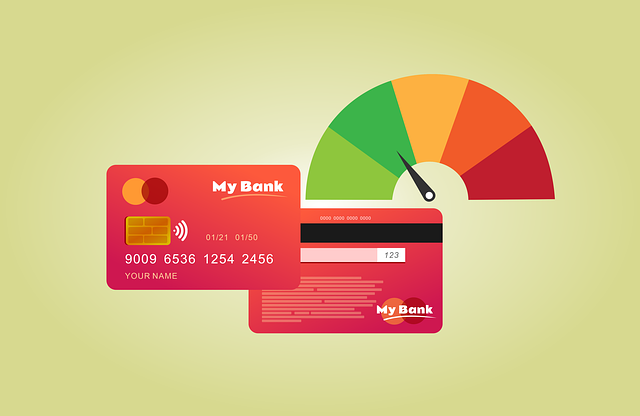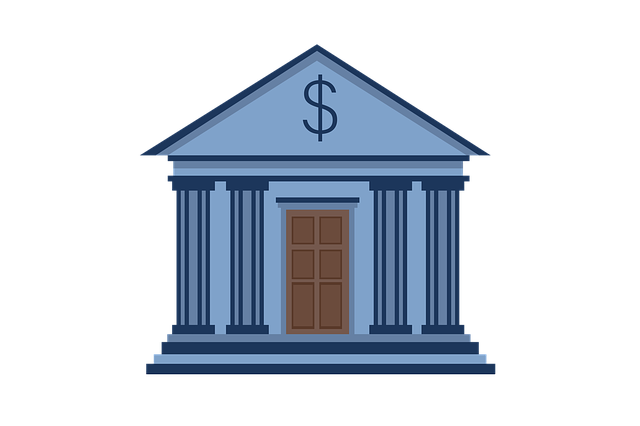Understanding Debt Utilization Ratios is crucial in real estate. For investors, managing this ratio maximises returns, demonstrates stability to lenders, and accesses better loan options. Lowering debt utilization improves financial health, simplifies debt management, frees up cash flow, and enhances standing in the competitive market. Maintaining a low ratio signifies responsible debt management, boosts credit score, unlocks favorable financing like lower interest rates and better mortgage terms.
In the competitive world of real estate, managing debt effectively is a strategic move for investors and buyers. This article explores the concept of debt utilization ratio and why keeping it low is beneficial. We’ll guide you through understanding this financial metric, providing practical strategies to reduce debt, and highlighting the advantages of maintaining financial stability in the real estate market. By implementing these tips, you can navigate your way to better borrowing power and make informed decisions.
Understand Debt Utilization Ratio in Real Estate

In the realm of real estate, understanding debt utilization ratios is paramount for investors and homeowners alike. This ratio, a key metric in financial analysis, refers to the extent to which an individual or entity uses debt financing to acquire or maintain property. Simply put, it’s the amount of debt (mortgages, loans) compared to the total value of the property. A low debt utilization ratio signifies financial prudence—a borrower is leveraging less debt relative to the property’s value, which can lead to better borrowing terms and reduced risk for lenders.
For real estate investors, managing this ratio is crucial for maximizing returns. Maintaining a low ratio demonstrates stability and reliability to potential lenders, enabling access to more favorable loan options and potentially higher credit limits. In a competitive market, where properties appreciate at varying rates, keeping a balanced debt utilization ratio can ensure flexibility in adapting to shifting economic conditions while preserving capital and long-term financial health.
Strategies to Lower Your Debt Utilization

Lowering your debt utilization ratio is a strategic move that can significantly impact your financial health, especially in the competitive real estate market. A debt utilization ratio is the percentage of your available credit that you’re currently using. High ratios can deter potential lenders, so it’s beneficial to implement strategies to reduce this number.
One effective approach is to pay down high-interest debts first. Credit cards often carry higher interest rates, so prioritizing their repayment can yield substantial results. Additionally, consider consolidating multiple debts into a single loan with a lower interest rate, which simplifies management and can free up cash flow. Leveraging real estate as collateral for refinancing student loans or home equity loans at more favorable terms is another strategic move to reduce overall debt burden.
Benefits of Maintaining Low Debt Utilization Ratio

Maintaining a low debt utilization ratio can significantly benefit individuals, especially those interested in the real estate market. A debt utilization ratio is the percentage of your available credit that you’re currently using. Keeping this number low shows lenders and investors that you manage your debt responsibly. This can lead to better access to loans with lower interest rates for major purchases like homes or properties.
Additionally, a healthy debt utilization ratio improves your credit score over time. It demonstrates a balanced financial approach, assuring lenders and potential real estate partners that you have the capability to handle large debts without overextending yourself. This stability can open doors to more favorable financing options, allowing you to secure better terms on mortgages or investment loans in the vibrant real estate landscape.






